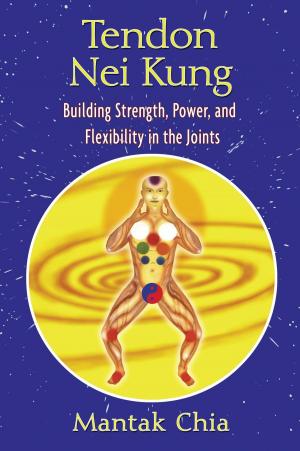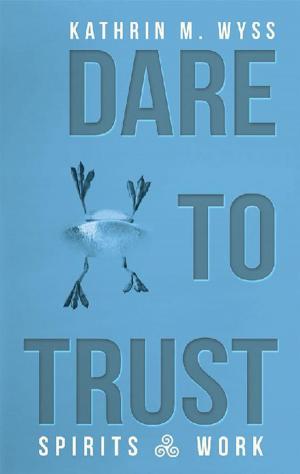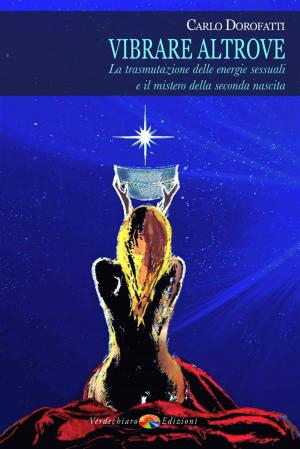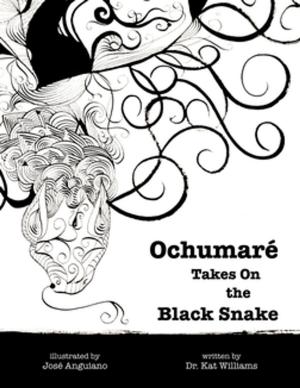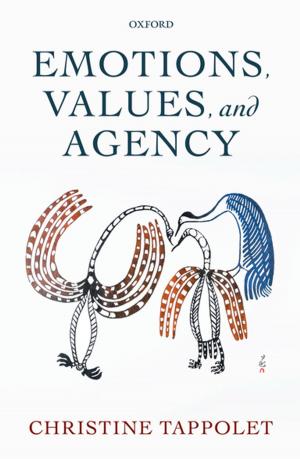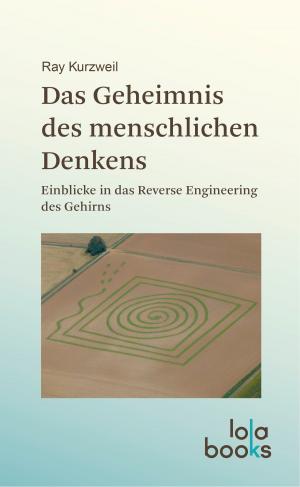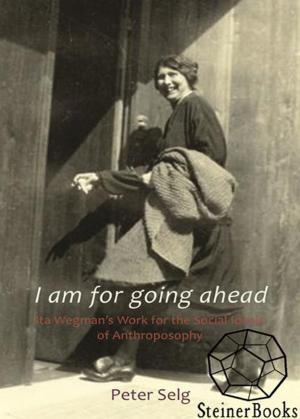Vaastu: The Indian Art of Placement
Design and Decorate Homes to Reflect Eternal Spiritual Principles
Nonfiction, Religion & Spirituality, Philosophy, Mind & Body| Author: | Rohit Arya | ISBN: | 9781594775390 |
| Publisher: | Inner Traditions/Bear & Company | Publication: | September 1, 2000 |
| Imprint: | Destiny Books | Language: | English |
| Author: | Rohit Arya |
| ISBN: | 9781594775390 |
| Publisher: | Inner Traditions/Bear & Company |
| Publication: | September 1, 2000 |
| Imprint: | Destiny Books |
| Language: | English |
The first book in English on the Hindu precursor to feng shui.
• Allows readers to design homes that conform to eternal spiritual principles.
• Offers suggestions to rectify existing buildings with inauspicious energy.
The subtle art of energy management for prosperity, good health, and calm mind has been introduced to the West through feng shui. Until now the ancient practice of vaastu, the Hindu art of environmental design, has been relatively unknown. Born of the movement of forces within the trinity of the great Hindu gods--Brahma, Vishnu, and Shiva--vaastu is the human expression of life's impulse to harmonize itself with the cosmos.
The great culture at Harrapa, in 3000 b.c., applied vaastu to create cities at a level of sophistication that would only be reached again in the nineteenth and twentieth centuries. Housed in a library in north India, the codified tenets of vaastu were destroyed in medieval times by successive invaders into the country; however, the art of vaastu remained alive, through oral tradition and buried deep within other treatises. The rediscovery of these texts in the 1930s has led to a modern revival of this art in India--brought to Western readers for the first time in Vaastu: The Indian Art of Placement.
Vaastu elucidates principles that orient and plan each element of a structure, both the big picture and the small details. A building's site, ground plan, shape, and orientation are all-important considerations, as are soil quality, window placement, and construction materials. The affinities of household items--the telephone, computer, bath--with the five elements of nature, and thus their ideal placement within the structure, are also described. Guidelines for modifying existing buildings help the reader apply the vaastu principles in a practical manner. Vaastu: The Indian Art of Placement will assist in creating personal environments that promote peace, harmony, and health.
The first book in English on the Hindu precursor to feng shui.
• Allows readers to design homes that conform to eternal spiritual principles.
• Offers suggestions to rectify existing buildings with inauspicious energy.
The subtle art of energy management for prosperity, good health, and calm mind has been introduced to the West through feng shui. Until now the ancient practice of vaastu, the Hindu art of environmental design, has been relatively unknown. Born of the movement of forces within the trinity of the great Hindu gods--Brahma, Vishnu, and Shiva--vaastu is the human expression of life's impulse to harmonize itself with the cosmos.
The great culture at Harrapa, in 3000 b.c., applied vaastu to create cities at a level of sophistication that would only be reached again in the nineteenth and twentieth centuries. Housed in a library in north India, the codified tenets of vaastu were destroyed in medieval times by successive invaders into the country; however, the art of vaastu remained alive, through oral tradition and buried deep within other treatises. The rediscovery of these texts in the 1930s has led to a modern revival of this art in India--brought to Western readers for the first time in Vaastu: The Indian Art of Placement.
Vaastu elucidates principles that orient and plan each element of a structure, both the big picture and the small details. A building's site, ground plan, shape, and orientation are all-important considerations, as are soil quality, window placement, and construction materials. The affinities of household items--the telephone, computer, bath--with the five elements of nature, and thus their ideal placement within the structure, are also described. Guidelines for modifying existing buildings help the reader apply the vaastu principles in a practical manner. Vaastu: The Indian Art of Placement will assist in creating personal environments that promote peace, harmony, and health.

